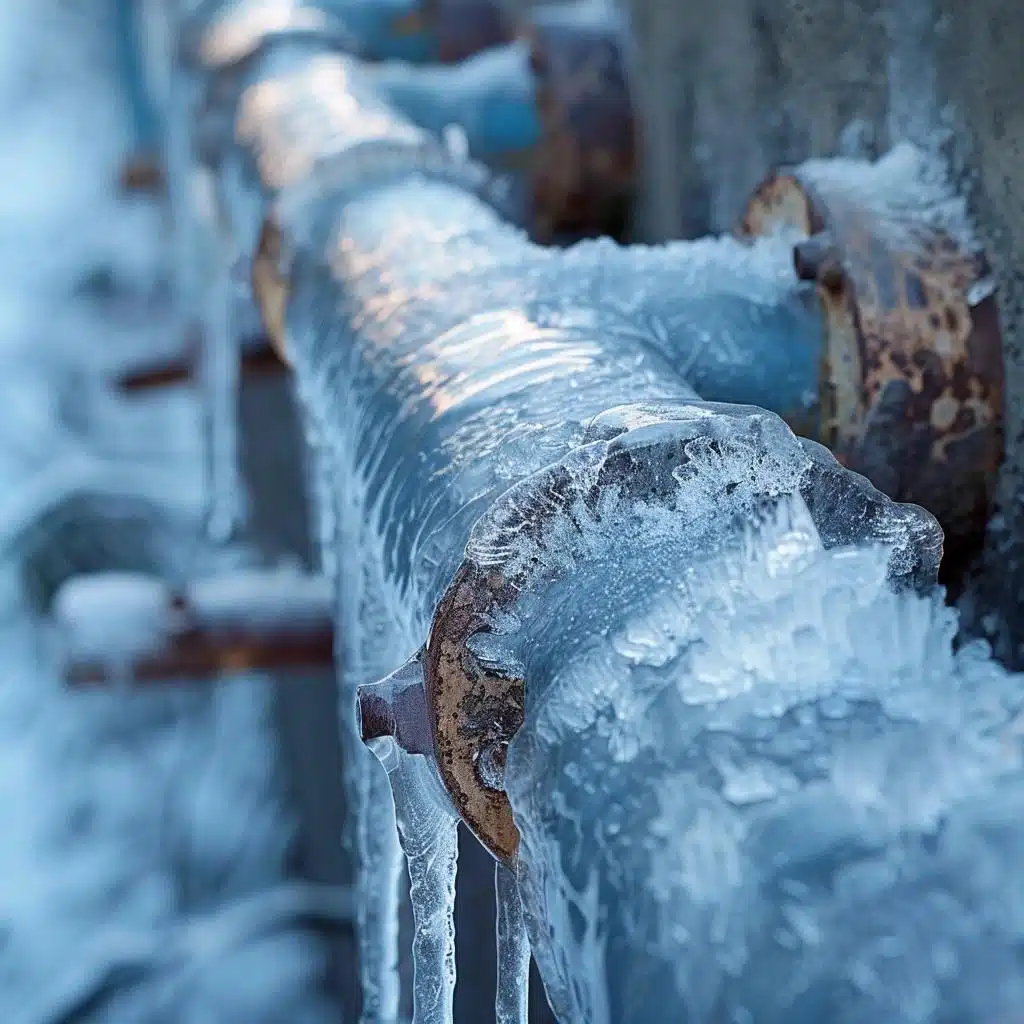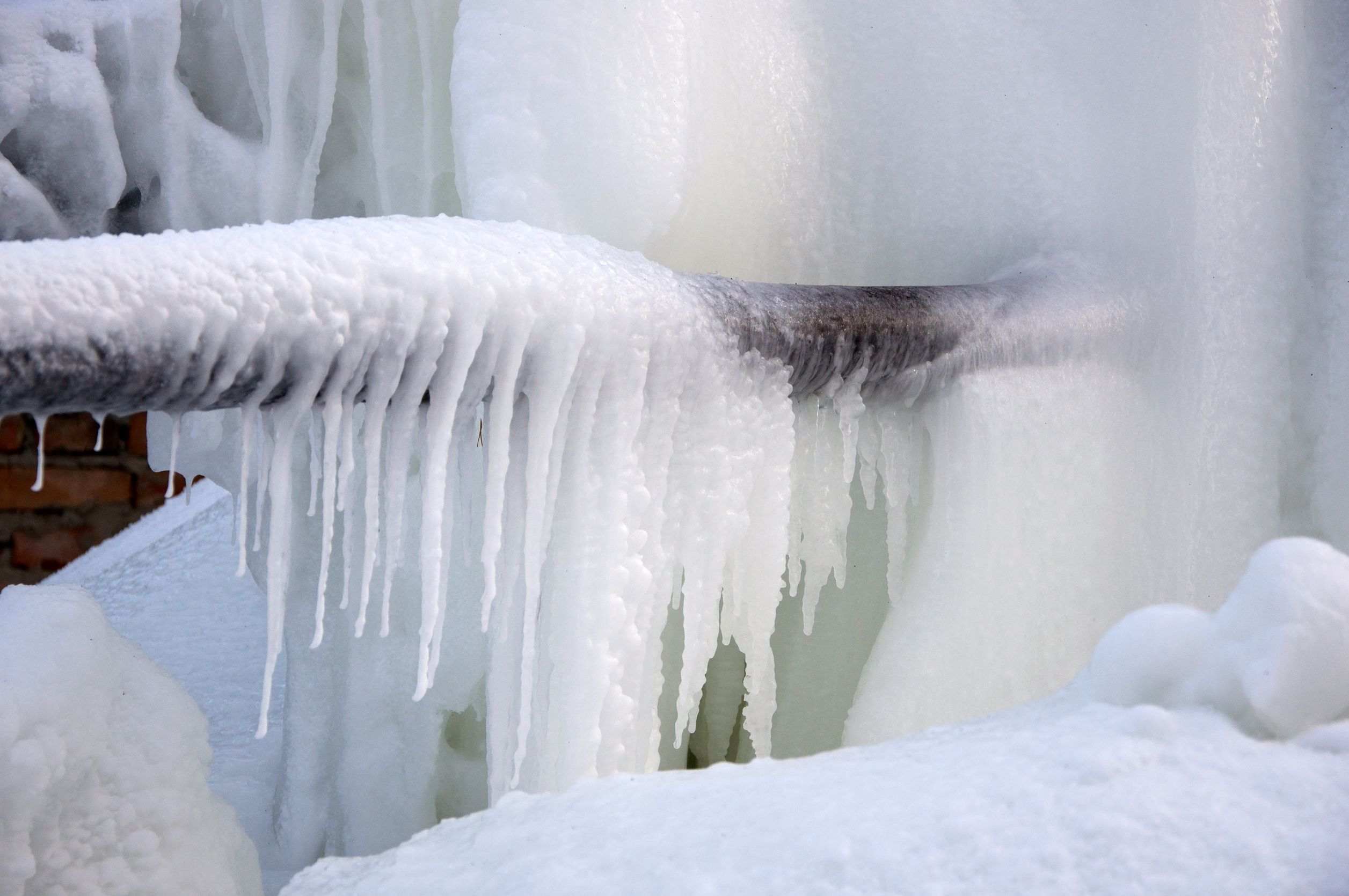They are making several great points related to Preventing and dealing with frozen pipes as a whole in the content just below.

Cold weather can wreak havoc on your pipes, especially by freezing pipes. Right here's how to stop it from happening and what to do if it does.
Intro
As temperature levels decrease, the threat of icy pipes rises, possibly leading to expensive repair work and water damages. Recognizing exactly how to prevent frozen pipelines is vital for homeowners in chilly environments.
Prevention Tips
Protecting at risk pipes
Wrap pipes in insulation sleeves or use heat tape to protect them from freezing temperature levels. Focus on pipes in unheated or external locations of the home.
Home heating techniques
Keep interior rooms adequately heated, particularly areas with pipes. Open closet doors to enable warm air to flow around pipes under sinks.
Just how to determine icy pipes
Search for reduced water circulation from taps, unusual odors or noises from pipelines, and visible frost on exposed pipelines.
Long-Term Solutions
Architectural modifications
Consider rerouting pipelines away from outside walls or unheated locations. Add added insulation to attics, basements, and crawl spaces.
Updating insulation
Purchase top notch insulation for pipes, attic rooms, and walls. Correct insulation assists keep consistent temperatures and decreases the risk of frozen pipes.
Securing Exterior Pipes
Yard hose pipes and outside taps
Separate and drain yard tubes prior to winter season. Set up frost-proof faucets or cover outdoor taps with protected caps.
Comprehending Frozen Pipes
What creates pipelines to freeze?
Pipelines ice up when revealed to temperatures below 32 ° F (0 ° C) for extended periods. As water inside the pipelines freezes, it increases, putting pressure on the pipeline wall surfaces and potentially creating them to burst.
Risks and damages
Icy pipelines can lead to supply of water interruptions, property damage, and costly repair services. Burst pipelines can flood homes and cause considerable structural damages.
Indicators of Frozen Piping
Recognizing icy pipes early can avoid them from breaking.
What to Do If Your Pipelines Freeze
Immediate activities to take
If you suspect frozen pipes, keep taps open to eliminate pressure as the ice melts. Make use of a hairdryer or towels soaked in warm water to thaw pipelines gradually.
Final thought
Stopping icy pipelines calls for positive measures and fast responses. By recognizing the reasons, signs, and safety nets, property owners can secure their pipes throughout winter.
5 Ways to Prevent Frozen Pipes
Drain Outdoor Faucets and Disconnect Hoses
First, close the shut-off valve that controls the flow of water in the pipe to your outdoor faucet. Then, head outside to disconnect and drain your hose and open the outdoor faucet to allow the water to completely drain out of the line. Turn off the faucet when done. Finally, head back to the shut-off valve and drain the remaining water inside the pipe into a bucket or container. Additionally, if you have a home irrigation system, you should consider hiring an expert to clear the system of water each year.
Insulate Pipes
One of the best and most cost-effective methods for preventing frozen water pipes is to wrap your pipes with insulation. This is especially important for areas in your home that aren’t exposed to heat, such as an attic. We suggest using foam sleeves, which can typically be found at your local hardware store.
Keep Heat Running at 65
Your pipes are located inside your walls, and the temperature there is much colder than the rest of the house. To prevent your pipes from freezing, The Insurance Information Institute suggests that you keep your home heated to at least 65 degrees, even when traveling. You may want to invest in smart devices that can keep an eye on the temperature in your home while you’re away.
Leave Water Dripping
Moving water — even a small trickle — can prevent ice from forming inside your pipes. When freezing temps are imminent, start a drip of water from all faucets that serve exposed pipes. Leaving a few faucets running will also help relieve pressure inside the pipes and help prevent a rupture if the water inside freezes.
Open Cupboard Doors
Warm your kitchen and bathroom pipes by opening cupboards and vanities. You should also leave your interior doors ajar to help warm air circulate evenly throughout your home.

I was shown that write-up about Helpful Tips to Prevent Frozen Pipes this Winter from an associate on another web page. Do you know someone else who is in to Winter Plumbing Precautions: Preventing Frozen Pipes? Take a moment to share it. Thanks so much for your time spent reading it.
Maintenance Sign-Up
Comments on “Ways to Maintain Your Pipes from Cold Weather Damage: Important Guidance”